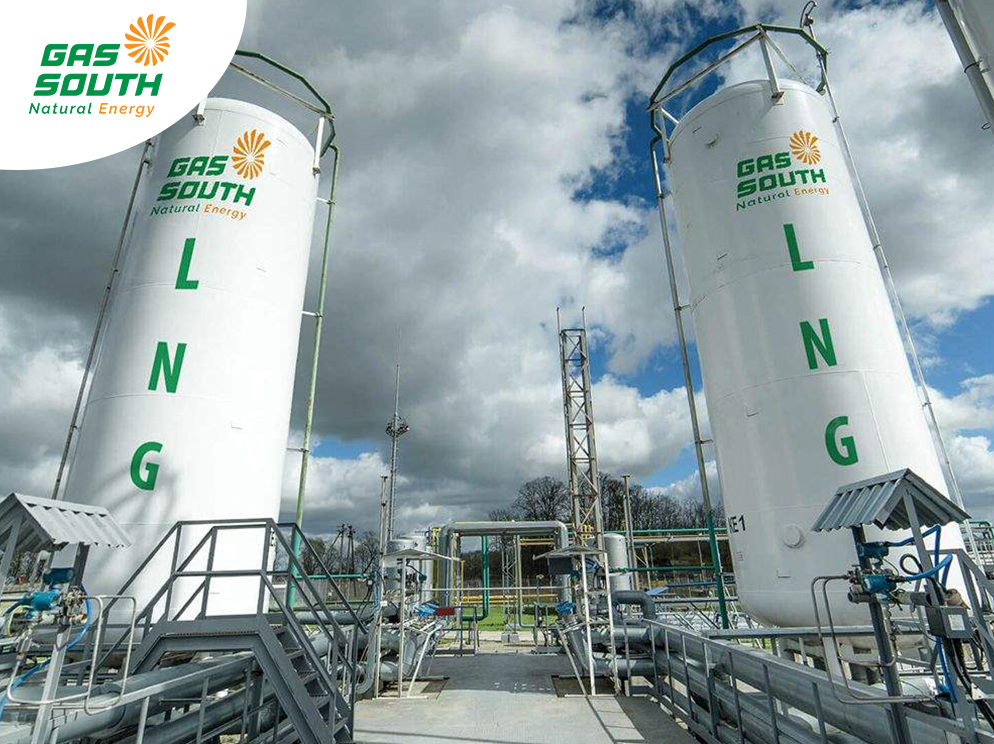A Comprehensive Guide to Liquefied Natural Gas (LNG)
Introduction
Liquefied Natural Gas (LNG) has gained significant attention in recent years as a cleaner and more efficient alternative to traditional fossil fuels. This blog post aims to provide a comprehensive guide to LNG, including its definition, production process, transportation methods, environmental benefits, and potential applications. We will delve into the details of LNG to help you understand its significance in today's energy landscape.
See More What Is The Lng Collection
1. What is Liquefied Natural Gas?
Liquefied Natural Gas (LNG) is a natural gas that has been converted into a liquid state by cooling it to approximately -162 degrees Celsius (-260 degrees Fahrenheit). This cooling process reduces the volume of natural gas by about 600 times, making it easier and more cost-effective to transport and store. LNG primarily consists of methane, with small amounts of other hydrocarbons such as ethane, propane, and butane.
More About Us: SOUTHERN GAS TRADING JSC
2. The Production Process
The production of LNG involves several stages:
2.1 Extraction and Purification
Natural gas is extracted from underground reserves through drilling wells. Once extracted, impurities such as water, carbon dioxide, and sulfur compounds are removed through a purification process called "natural gas sweetening." This purification ensures that the LNG produced meets the required quality standards.
2.2 Liquefaction
After purification, the natural gas is cooled to extremely low temperatures using a refrigeration process. This liquefaction process converts the natural gas into a liquid state, reducing its volume for easier storage and transportation. The liquefaction plants often use cryogenic refrigeration systems that employ a combination of compressors and heat exchangers to achieve the desired low temperatures.
2.3 Storage and Loading
The liquefied natural gas is stored in specially designed cryogenic tanks or storage facilities to maintain its extremely low temperature. These tanks are typically constructed with materials that can withstand the extreme cold and are heavily insulated to minimize heat transfer. Once stored, the LNG is loaded onto specialized carriers such as LNG ships or trucks for transportation to various destinations.
3. Transportation Methods
LNG can be transported over long distances using different methods:
3.1 LNG Carriers
LNG carriers are purpose-built ships specifically designed to transport liquefied natural gas. These carriers have advanced insulation systems and cryogenic storage tanks that keep the LNG in its liquid state during transit. The ships are equipped with re-liquefaction systems that ensure any boil-off gas is returned to its liquid state. The size of LNG carriers can vary, ranging from small-scale vessels to large-scale carriers capable of transporting millions of cubic meters of LNG.
3.2 LNG Bunkering
LNG bunkering refers to the process of supplying LNG fuel to ships for propulsion. This method eliminates the need for ships to rely on traditional marine fuels and helps reduce greenhouse gas emissions. Bunkering can be done using either truck-to-ship transfer or ship-to-ship transfer methods, depending on the infrastructure available at the port.
3.3 Virtual Pipelines
In areas where pipeline infrastructure is limited or non-existent, LNG can be transported using virtual pipelines. Virtual pipelines involve the transportation of LNG in cryogenic containers, either by road or rail, to locations where it can be regasified and distributed for various applications.
4. Environmental Benefits of LNG
LNG offers several environmental advantages over conventional fossil fuels:
4.1 Reduced Greenhouse Gas Emissions
Compared to coal and oil, natural gas has lower carbon content, resulting in reduced carbon dioxide emissions when burned for energy production. Additionally, the process of liquefying natural gas removes impurities such as sulfur compounds, further reducing emissions of sulfur dioxide and nitrogen oxides.
4.2 Air Quality Improvement
The combustion of LNG produces significantly fewer pollutants compared to other fossil fuels, resulting in improved air quality. It emits lower levels of particulate matter, sulfur dioxide, nitrogen oxides, and mercury, contributing to reduced smog formation and respiratory health benefits.
4.3 Renewable Energy Integration
LNG serves as a bridge between conventional fossil fuels and renewable energy sources. Its flexibility allows it to complement intermittent renewable energy sources such as solar and wind power by providing a reliable backup during periods of low renewable energy generation.
5. Applications of Liquefied Natural Gas
LNG has diverse applications across various sectors:
5.1 Power Generation
LNG is increasingly used for power generation due to its cleaner burning characteristics compared to coal and oil. It is used in combined cycle power plants, where the high-efficiency turbines generate electricity from both the combustion of natural gas and steam produced from waste heat.
5.2 Residential and Commercial Heating
LNG can be used for residential and commercial heating purposes, providing a clean and efficient alternative to traditional heating fuels such as oil or propane. It can be supplied through pipelines or delivered in liquefied form for storage in on-site tanks.
5.3 Industrial Processes
Many industrial processes, such as refining, manufacturing, and chemical production, require significant amounts of heat energy. LNG can serve as a reliable and environmentally friendly source of heat in these applications, helping reduce greenhouse gas emissions associated with traditional fuels.
5.4 Transportation Sector
LNG is increasingly being used as a fuel for heavy-duty vehicles such as trucks and buses. Its use in transportation helps reduce emissions of greenhouse gases and air pollutants, contributing to improved air quality and reduced dependence on conventional fossil fuels.
5.5 Small-Scale Applications
LNG's scalability allows for smaller-scale applications such as off-grid power generation in remote areas or as a fuel source for marine vessels operating in environmentally sensitive regions.
Conclusion
Liquefied Natural Gas (LNG) offers a promising solution for meeting energy demands while reducing environmental impacts. Its production process, transportation methods, environmental benefits, and diverse applications make it a versatile fuel source in today's energy landscape. By embracing LNG as part of our energy mix, we can work towards a cleaner and more sustainable future.
#what_is_the_lng, #pgscomvn, #pgs_com_vn, #whatisthelng, #what_is_the_lng, #pgscomvn, #pgs_com_vn/

Nhận xét
Đăng nhận xét